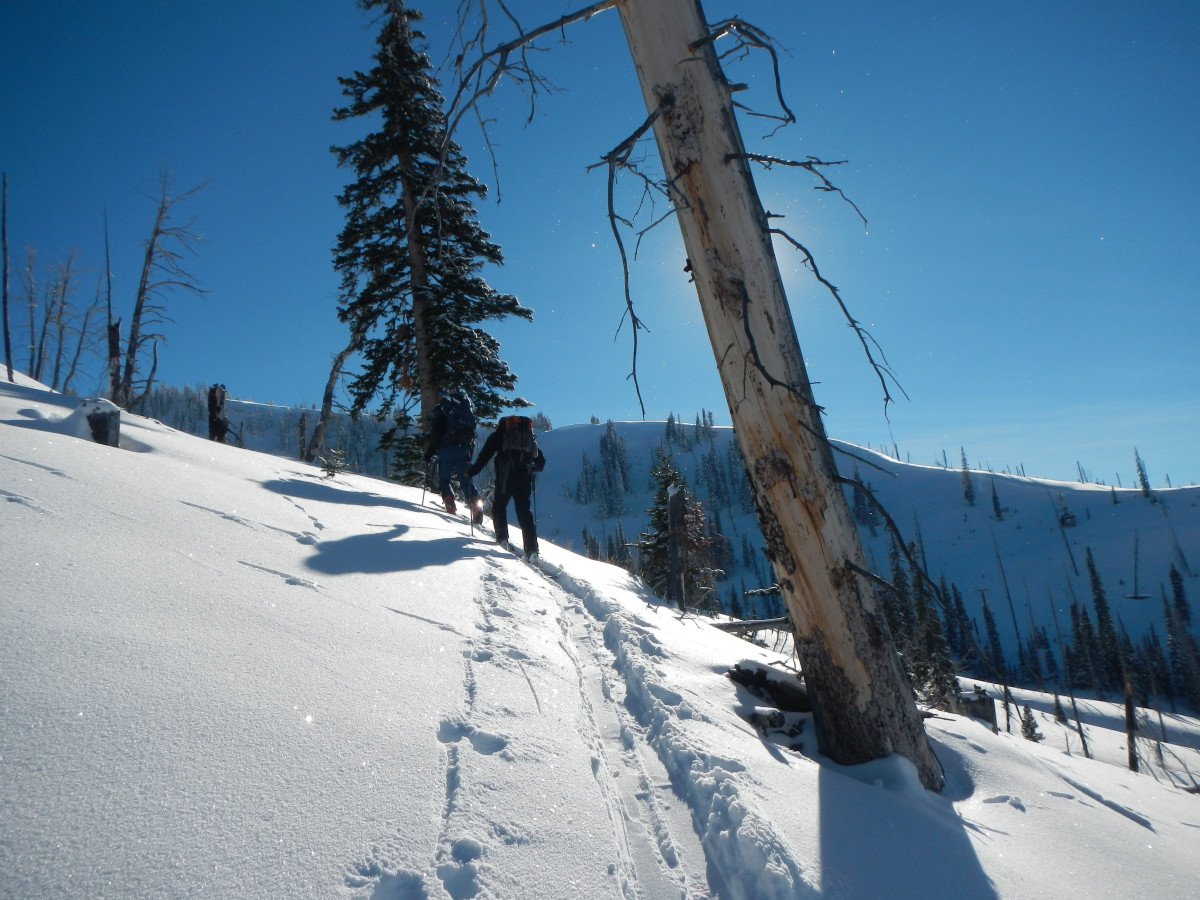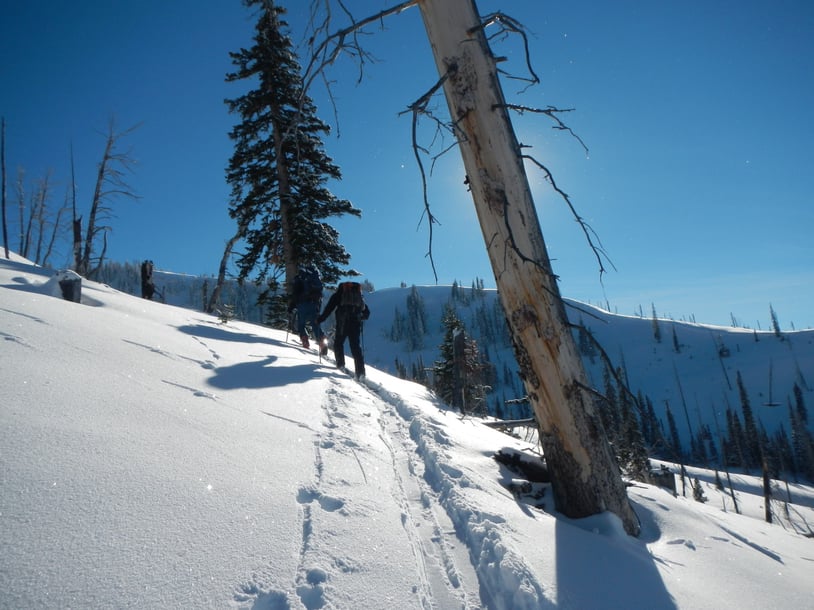When your core temperature drops below normal, with heat loss exceeding heat gain, hypothermia can result. It may be caused by winter weather, cold water immersion, or wind, rain and hail in summer.
Recognizing the early stages of hypothermia is important, as is prevention, but what should you do if hypothermia occurs?
Here NOLS explores the truth behind common myths about treating hypothermia outdoors:
Just walk it off!
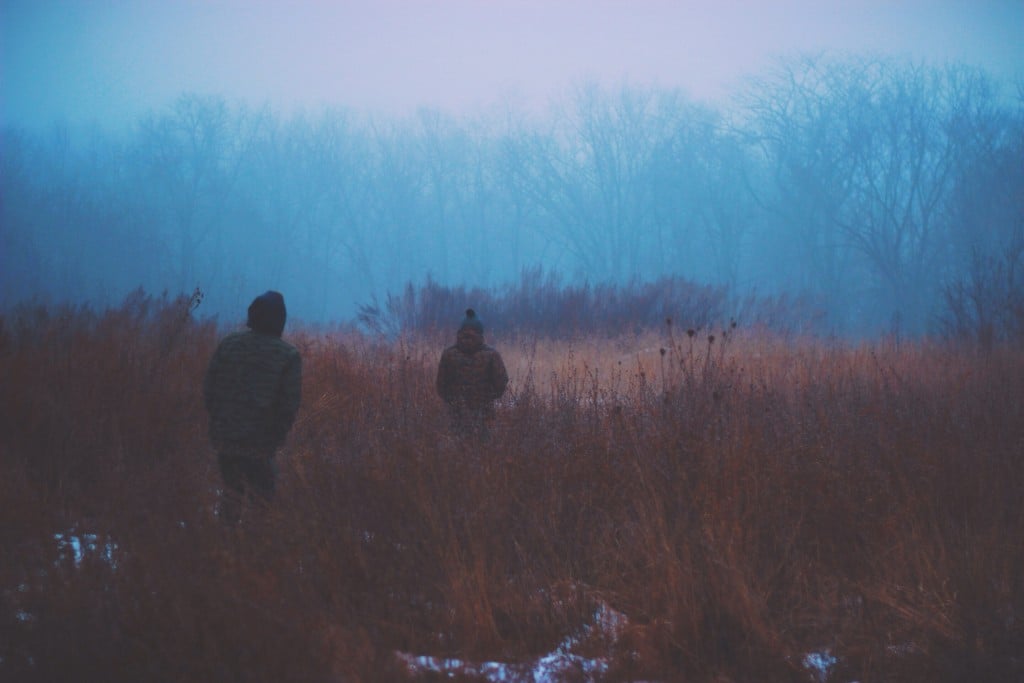
NOLS Wilderness Medicine lists exercise as one of the three main physiological means for producing heat, but we definitely don’t suggest asking moderately to severely hypothermic patients to run a mile.
Exercise is ok for people with mild hypothermia, or people who are just cold, as long as you insulate them to capture the heat produced and give them a warm drink and food. On the other hand, exercise is dangerous for people who are moderately to severely hypothermic. It can trigger sudden cardiovascular collapse. Instead of telling them to drop and give you twenty to get their blood flowing, these folks need to be wrapped in dry insulation—a hypothermia wrap, which is designed to keep body heat in—and handled gently.
A shot of whiskey will warm you from the inside out
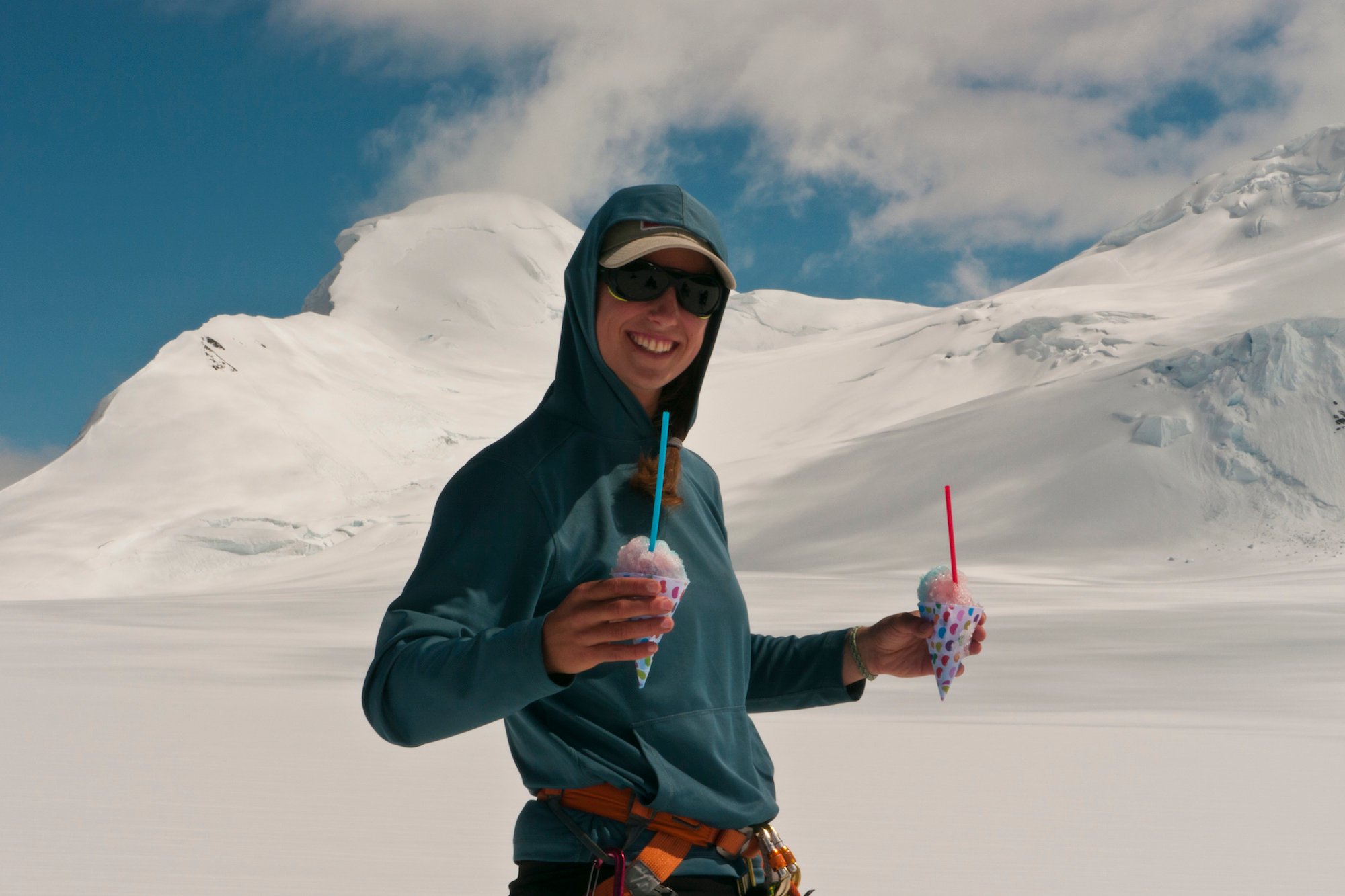 Photo by Brooks Eaton.
Photo by Brooks Eaton.Back away from the flask! While taking a sip of something strong may create a warm sensation on the way down, it can actually make you lose heat faster. When you drink alcohol, the peripheral blood vessels near your skin dilate, which means more blood and heat flows to these vessels (hence the flushed cheeks and warm sensation).
At the same time, this process is taking blood and heat away from your core, causing your core to lose heat faster—ultimately hindering the hypothermia recovery process. (Alcohol also impairs our judgment, and to stay warm in the cold we need to do smart things!)
A better option? Try a hot, sweet, caloric drink like hot cocoa or cider.
Two People in a Sleeping Bag
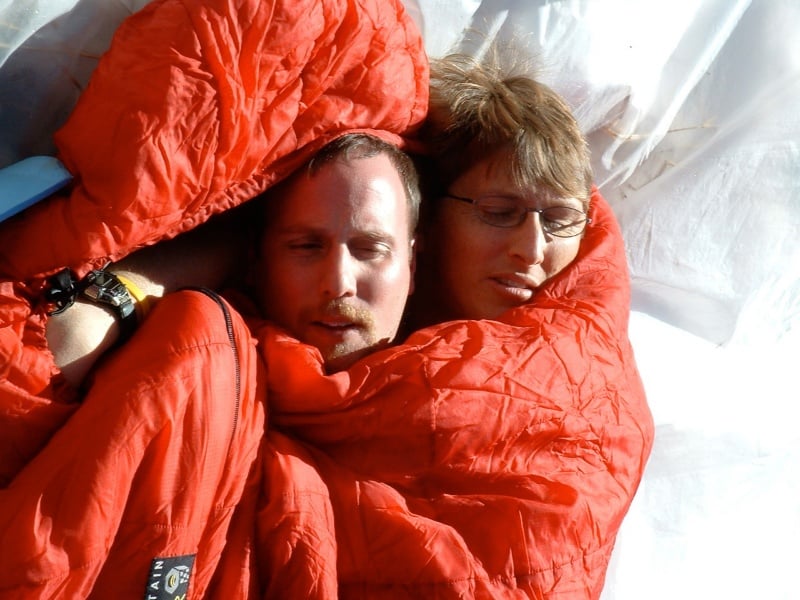
According to NOLS Wilderness Medicine Curriculum Director Tod Schimelpfenig, science isn’t strongly in favor of body-to-body warming, as it has not been shown to be an efficient way to transfer heat and it might inhibit shivering, which is a good way to generate heat. Plus, it can be difficult to close a sleeping bag tightly around two people and it hinders any availability of the other person to do other tasks, such as setting up camp and preparing food (not to mention that warmers may become cold and fatigued themselves).
As always, though, it’s best to use good judgment: understand the principles of treatment and weigh the factors in the specific scenario when deciding whether to put a second person in the sleeping bag or not.
Don’t feed the patient
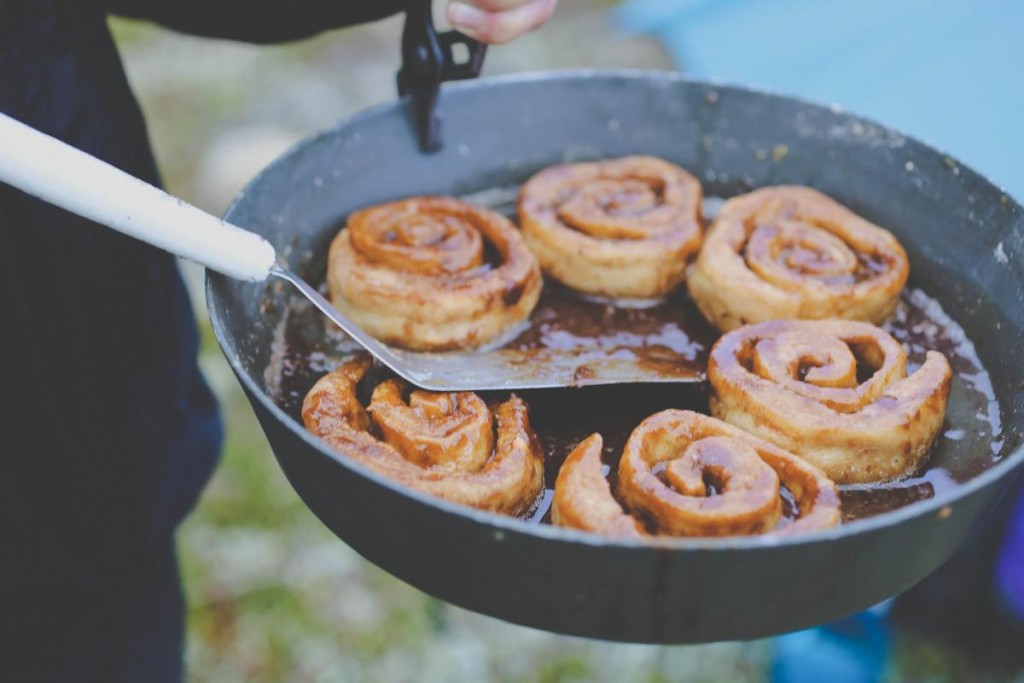
On the contrary! If you suspect that your backcountry companion is becoming hypothermic, take action in implementing treatments listed in NOLS Wilderness Medicine and feeding them simple foods, like candy bars, in small and frequent doses. Then, give them a hearty warm meal! Food is the fuel for metabolism—a main player in heat production.
Your patient will warm up quickly
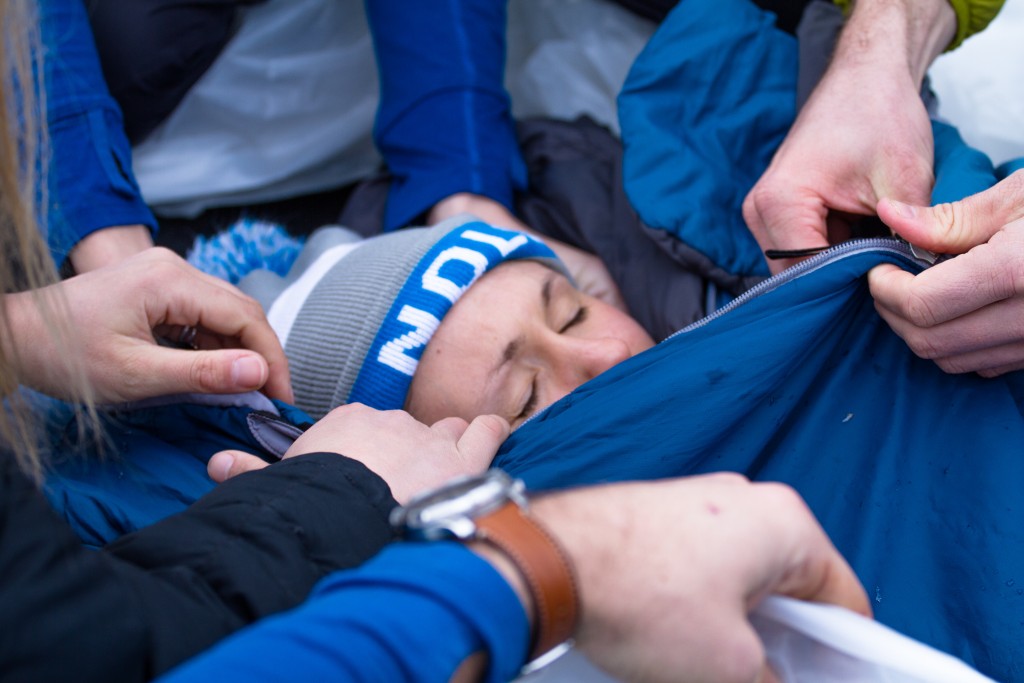
NOLS Wilderness Medicine states, “Be persistent: warming takes time.” Increasing a person’s core temperature doesn’t happen quickly, so it’s important not to try to rush the process. Act quickly and diligently, but give the patient plenty of time to warm up. In some cases, people who have been described as “frozen to death” have even been successfully warmed and recovered from hypothermia over time.
Watch how to make a hypothermia wrap to warm up a patient who's severely hypothermic:
Learn how to treat hypothermia in the wilderness and other winter first aid techniques on a NOLS Wilderness Medicine course.
Written By
Sarah Buer
Sarah is a Wyoming native, Wilderness First Responder graduate, and former marketing coordinator for NOLS Wilderness Medicine. When she’s offline she enjoys running, singing and playing guitar, and playing in the mountains



